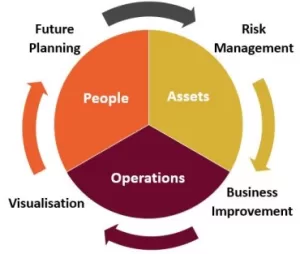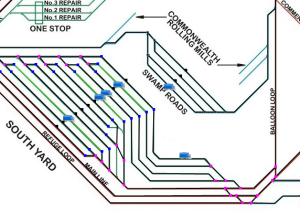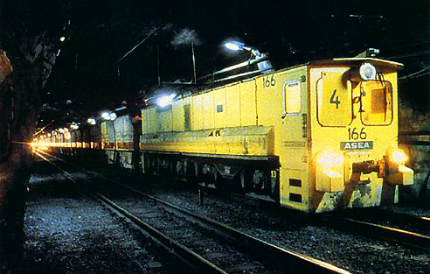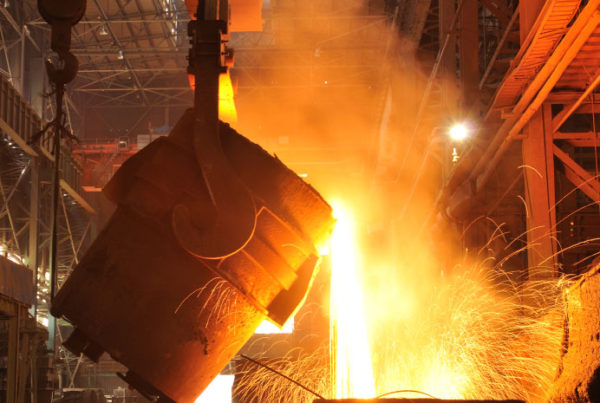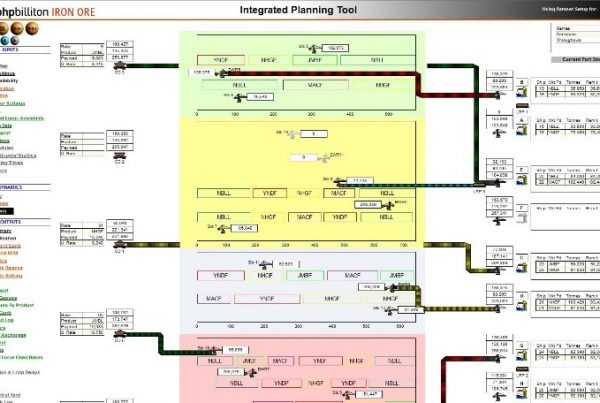Welcome to Focus on Fatigue,
We’re in the cold depths of winter here in Australia. The sun is setting earlier and, in the morning, it seems no more eager to get up than the rest of us. It can be easier to get our much-needed sleep when there are extra hours of darkness to spend curled up in bed – unless you’re working the night shift.
Most shift workers spend at least some time thinking about the quantity and quality of their sleep, but how much time should reasonably be taken up with such considerations? In this month’s Focus on Fatigue, we’ll look at the point at which striving for better sleep becomes counterproductive.
The FRMS Team
![]()
InterDynamics Pty Ltd
320 Adelaide Street Brisbane Qld 4000
Tel +61 7 3229 8300
www.interdynamics.com
Views expressed in articles and links provided are those of the individual authors, and do not necessarily represent the views of InterDynamics (except where directly attributed).
Sleepless Over Sleep
All shift workers know the vital role adequate sleep plays in both their work performance and personal life. Reports on research about the short and long-term effects of sleep deprivation, and circadian rhythm disruption, have become a regular part of the news cycle. Health problems, changes to genes, impaired decision-making, mental health issues, bags under the eyes, the excessive consumption of fried foods: they can all be linked back to lack of sleep. That doesn’t even begin to cover the increased risk of accident at work or while driving.
In more recent years, influential people outside the realm of academia have also used their popularity to draw attention to the importance of sleep. From Arianna Huffington’s Sleep Revolution, to Gwyneth Paltrow’s Clean Sleeping Routine, tips and techniques for the perfect slumber seem to come at us from all sides.
Advances in technology have added to this preoccupation with sleep. A variety of wearable devices now offer to track sleep by measuring factors such as movement and heart rate. The accuracy of such devices is still under debate, with little reliable data available. However, some researchers have concluded they could be useful in gaining information about general sleep patterns, especially when combined with a sleep diary.
This is all good news. More information helps improve our knowledge. Getting the message out encourages us to develop good sleep habits. Having additional ways of measuring sleep patterns can assist in identifying areas of improvements. However, too much of a good thing is enough to… well, keep you up at night. At what point does our quest for better sleep do more harm than good?
This obsession with achieving the perfect night’s sleep on an ongoing basis is now common enough that it has a name: Orthosomnia. Coined by a group of researchers in Chicago, the term is used to describe individuals who are preoccupied with improving their wearable sleep data through correct (“ortho”) sleep (“somnia”).
For the love of data
Sleep is complicated—really complicated. Specialists in sleep clinics measure sleep through a study known as polysomnography. They’ll measure brain waves, breathing, heart rate, muscle activity, blood oxygen levels, eye movement, the list goes on. All of this just to answer one question: How well did I sleep last night?
But sleep trackers have something polysomnography doesn’t have… easily accessible data that’s available EVERY DAY. Our devices will tell us how long it took us to get to sleep, how many minutes we slept, and even how often we were restless. Every morning we can wake up to fresh numbers we can point to and call ‘facts.’ If we get a great ‘sleep score’ we feel like successful sleepers, but if we fall short, anxiety can set in. We can feel like we’ve somehow ‘failed’ at sleep.
This is where it’s important to remember what sleep trackers can and can’t do. Trackers can give us an idea of our sleep patterns and how well we’re sleeping in general. However, they aren’t necessarily great at telling us how well we slept last night in particular, and they definitely can not help us self-diagnose a sleep disorder.
In other words, if you’re reaching for your device to find out how well you slept last night, rather than evaluating how you feel when you wake up, you’re probably relying too heavily on the wrong source of information.
I’m going to be sleepy today, my device told me so
The brain is a tricky thing and it likes nothing better than to turn our thoughts into reality. One group of researchers wanted to investigate how perceptions about sleep affected performance. They found that telling people they had slept poorly the night before led to poor performance on an auditory math test. Meanwhile, those who believed they had slept well performed within normal limits for the test.
If you believe you slept poorly, you’re more likely to act as if you’re sleep deprived, even if you’re not.
I’m going to work really hard to get more sleep
We can work harder to eat right. We can work harder to get more exercise. Unfortunately, sleep is the one part of the health triad where working harder is likely to get us into trouble. Going to bed at 8pm is not necessarily going to result in more sleep if your body is used to going to sleep at 10pm. You could, however, find yourself staring at the ceiling for a couple of hours stressing about why you’re still awake.
What can we do?
It’s all about perspective. Sleep is important, but so is peace of mind. There are plenty of things we can do to improve our chances of achieving adequate levels of quality sleep, such as developing good sleep hygiene habits and taking care of ourselves in the other areas of our lives. If we’re concerned about the quality or quantity of our sleep, it’s important to contact a health professional to discuss such concerns.
In the end, however, it’s important to realise there is no such thing as ‘perfect’ sleep. But if we’re snoozing well enough to wake refreshed and ready to face the world most days, that’s probably close enough.
References
- Baron, K. G., Abbott, S., Jao, N., Manalo, N. and Mullen, R. (2017) Orthosomnia: Are some patients taking the quantified self too far? Journal of Clinical Sleep Medicine, 13 (2), 351-354.
- Baron, K. G., Duffecy, J., Berendsen, M. A., Mason, I. C., Lattie, E. G. and Manalo, N. C. (2017) Feeling validated yet? A scoping review of the use of consumer-targeted wearable and mobile technology to measure and improve sleep. Sleep Medicine Reviews, 40, 151-159.
- Erdal, K. (2014) Just thinking you slept poorly can hurt your performance. Harvard Business Review (Septamber Issue). https://hbr.org/2014/09/just-thinking-you-slept-poorly-can-hurt-your-performance. (Accessed 20 June 2018)
In the News
Provided below are a selection of articles from around the web on the issues associated with fatigue. We hope you find them useful and interesting.
Article: How do sleep trackers work and are they reliable?
Ethan Green, No Sleepless Nights (22 April 2018)
Until recently, the only way to accurately assess your sleep would be to visit a specialist sleep clinic. But now there’s another option for self-assessment: the personal sleep tracker. How do they work though, and how do they compare to the equipment available in a sleep lab? And can you actually rely on the information they provide?
Article: Can’t sleep? Tell yourself it’s no big deal
Oliver Burkeman, The Guardian (21 April 2018)
Take it from an intermittent bad sleeper: there’s nothing more likely to keep an insomniac up at night, or turn a good sleeper into an insomniac, than being told it’s completely essential they drift off. Actually, the ironies of insomnia are even worse than that, because there’s growing evidence that thinking of yourself as an insomniac – having an “insomnia identity”, is a major part of the problem.

